Unveiling the Process: From Storyboard to Silver Screen
A captivating metamorphosis unfolds – an idea blossoms into a film. This cinematic journey thrives on the meticulousness of each stage. It's a collaborative choreography where every detail plays a crucial role in bringing the story to life

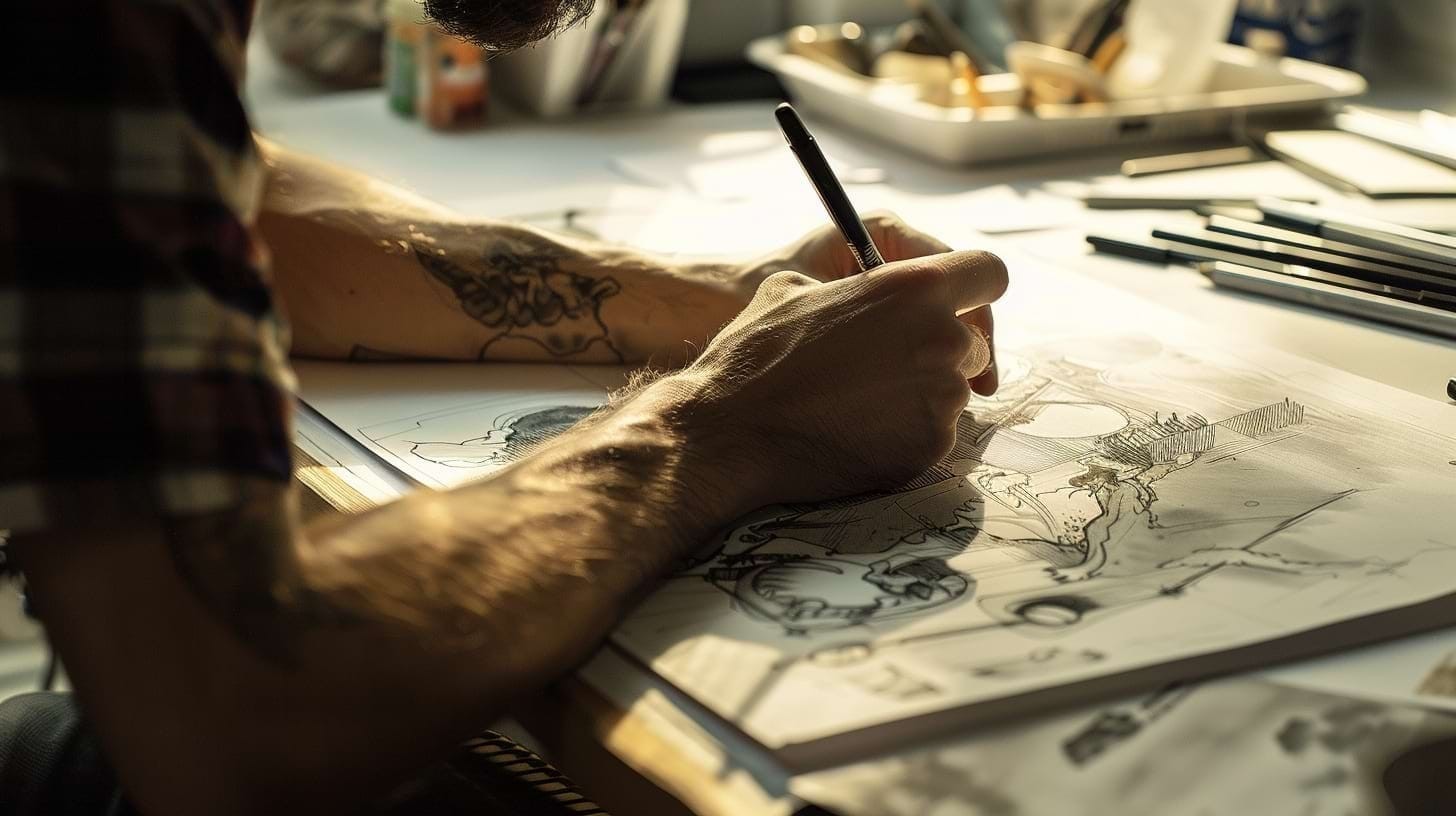
Have you ever wondered how a flickering image on a screen ignites a kaleidoscope of emotions within you? The answer lies in the intricate tapestry of filmmaking. It's a captivating alchemy, where a spark of imagination transforms into a visual narrative that transcends languages and cultures.
✨ This article delves into the heart of this process, revealing steps that bridge the gap between script and silver screen: from meticulously crafted storyboards to the invisible magic of post-production.
The Development of Process: Storyboarding and Pre-Visualization 🎥✏️
In 1908, Winsor McCay, an animation pioneer, is credited with creating the first storyboards for his silent film "Gertie the Dinosaur". These early storyboards were often basic sketches, but they established a foundational principle: visualizing the film's narrative flow before cameras even roll.
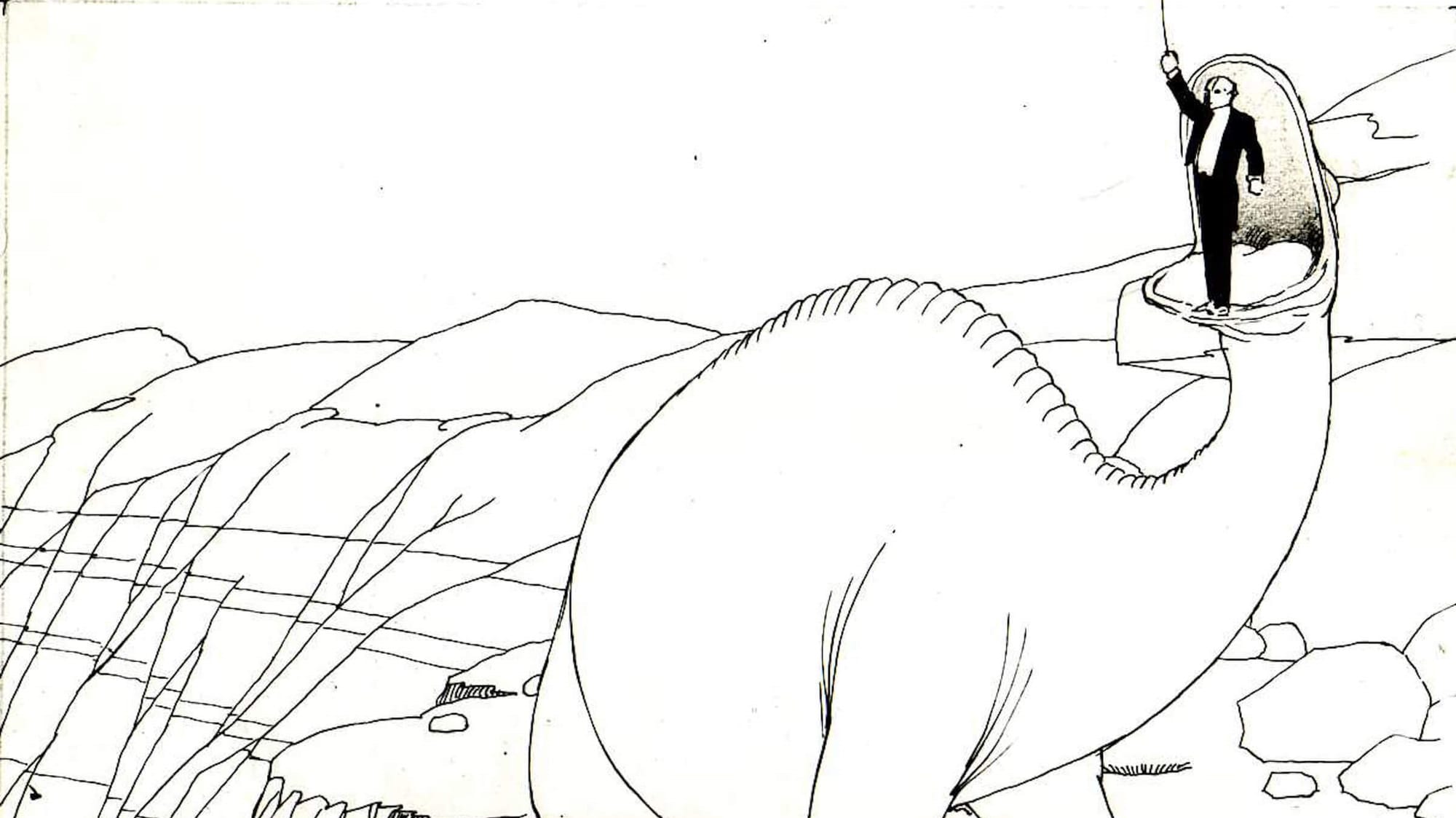
Fast forward to the modern era, and storyboarding has become an indispensable pre-production tool. Detailed storyboards, complete with camera angles, character placement, and shot descriptions, allow filmmakers to plan each scene.
This pre-visualization stage streamlines production by:
Bridging the Gap Between Script and Screen 📜🎬
A script is a world of words, leaving vast room for visual interpretation. Storyboards bridge this gap by translating the script's descriptive language into a series of clear, concise images. This allows directors and cinematographers to visualize the flow of the film, camera angles, and character placement well before the cameras even roll.
Facilitating Collaboration 🤝🎥
Storyboards act as a universal language, fostering seamless communication between all departments involved in the film's production. From directors to cinematographers, costume designers to VFX specialists, everyone has a shared visual reference point. This ensures a unified vision and minimizes misinterpretations that can arise solely from textual descriptions.
A Playground for Experimentation 🎨🔬
Storyboards provide a safe space for directors to experiment with different visual approaches. They can try out various camera angles, blocking techniques, and shot compositions before committing to them on set. This experimentation phase allows directors to refine their vision and ensure every frame effectively conveys the intended emotion or narrative point.
Pre-Production Powerhouse 🚀🎬
Storyboards are powerful pre-production tools that can save time and resources during filming. By identifying potential logistical challenges early on, such as complex set designs or special effects needs, storyboards can prevent costly delays and missed opportunities.
✨ In essence, storyboarding is the bridge between the script's written world and the director's visual imagination. By translating the narrative into a series of captivating frames, storyboarding lays the foundation for a film's visual storytelling, ensuring a cohesive and impactful cinematic experience.
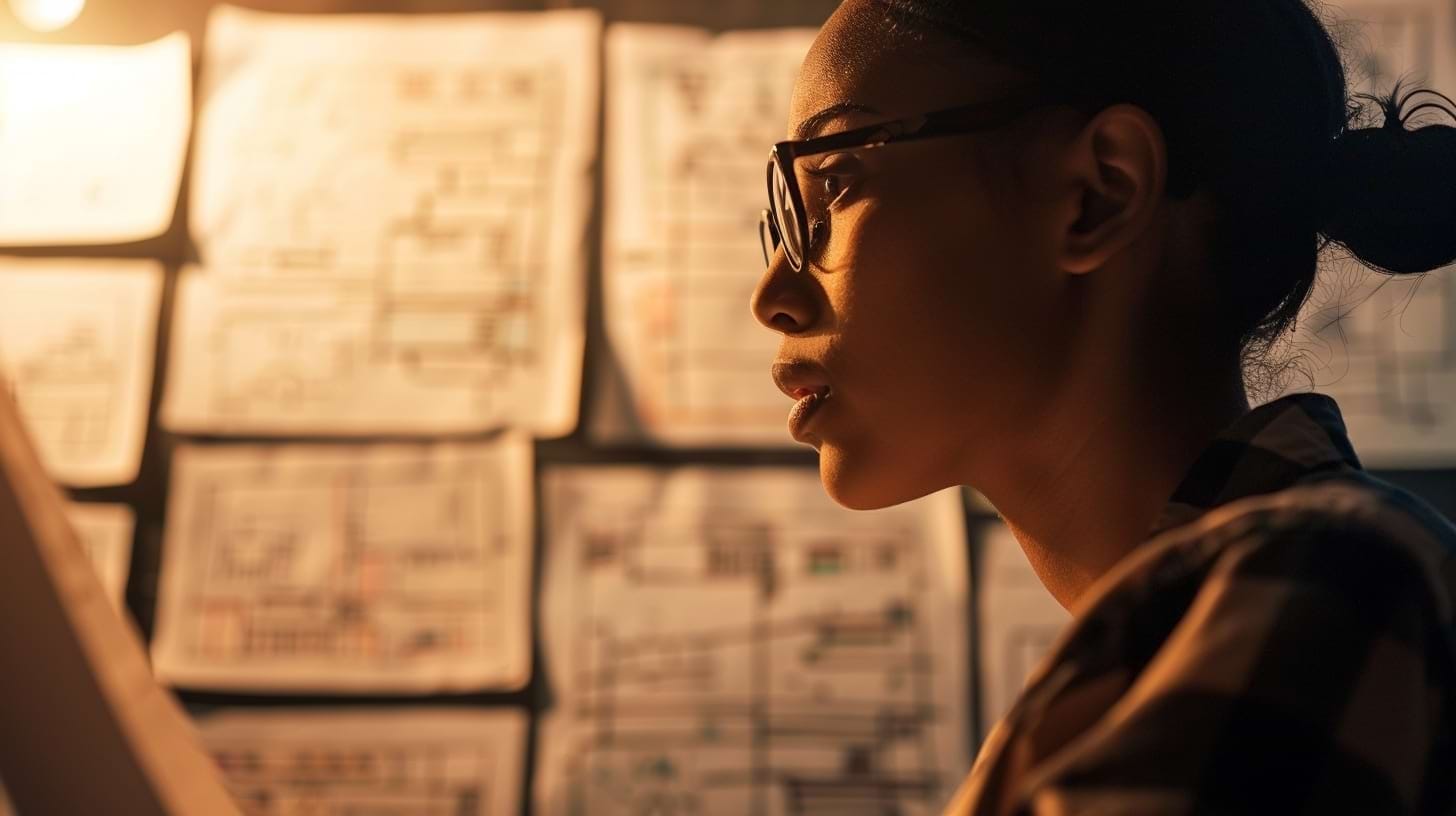
Bringing an Idea to Life: Moving from Storyboard to Film 🎨🎥
With a carefully thought-out storyboard in hand, the film begins production.
Preparing for Takeoff: 🚀 The Director's Vision Comes True ✨
The directors are leading the work. They guide the actors, ensuring that their performances reflect the emotional core of each scene. Meanwhile, the cinematographer, the visual architect of the film, turns the storyboard vision into reality.
While film directing defines the overall vision and emotional core of a scene, cinematography techniques translate that vision into a visually stunning reality through camera angles, lighting settings, and shot composition.
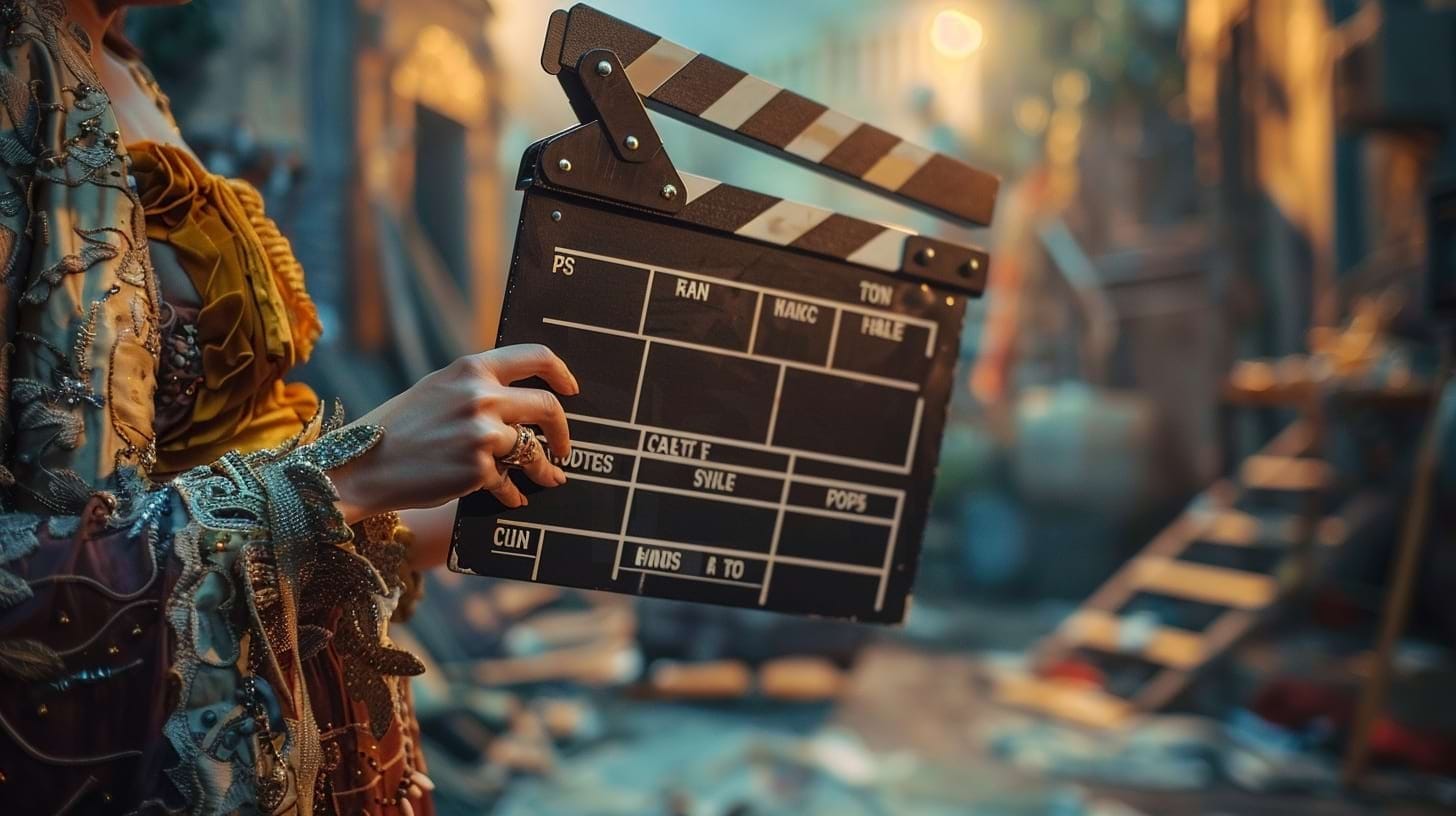
Work of the Crew: 👷♀️ A Hive of Activity 🛠️
A dedicated army of crew members - from grip and electrical specialists to costume designers and makeup artists - work their magic. The sets are designed, transforming warehouses into bustling city streets and sound stages into fantastical alien landscapes. Every detail, from the placement of props to the texture of an actor's hair, contributes to the overall atmosphere and believability of a scene.
The Art of the Take: 🌟 Capturing the Magic 🔮
With the famous phrase “Lights, camera, action!” a sound is heard and the scene comes to life. The actors perform their roles with pure emotions and careful rehearsals. The camera pans, capturing every nuance of performance, facial expression, and subtle gesture. Bringing the director's vision to life may require several takes, each of which is a refinement that enhances the impact of the scene.
Unexpected Guest: 🎬 The Magic of Mistakes ✨
Filming isn't always a perfectly choreographed dance. Unexpected problems can arise—a prop malfunction, a sudden rainstorm, or an actor forgetting a line. But these moments can also stimulate creativity. An experienced director can turn a “mistake” into a spontaneous moment of brilliance, adding a touch of authenticity to the performance.
Closing: 🎉 A Moment of Camaraderie and Relief 👏
As the final scene is filmed, a wave of relief washes over the crew. But the filming process is only one act of a grandiose cinematic performance. The raw footage is now sent to the post-production stage, where editing, visual effects, and sound design will bring it all together into the final masterpiece.
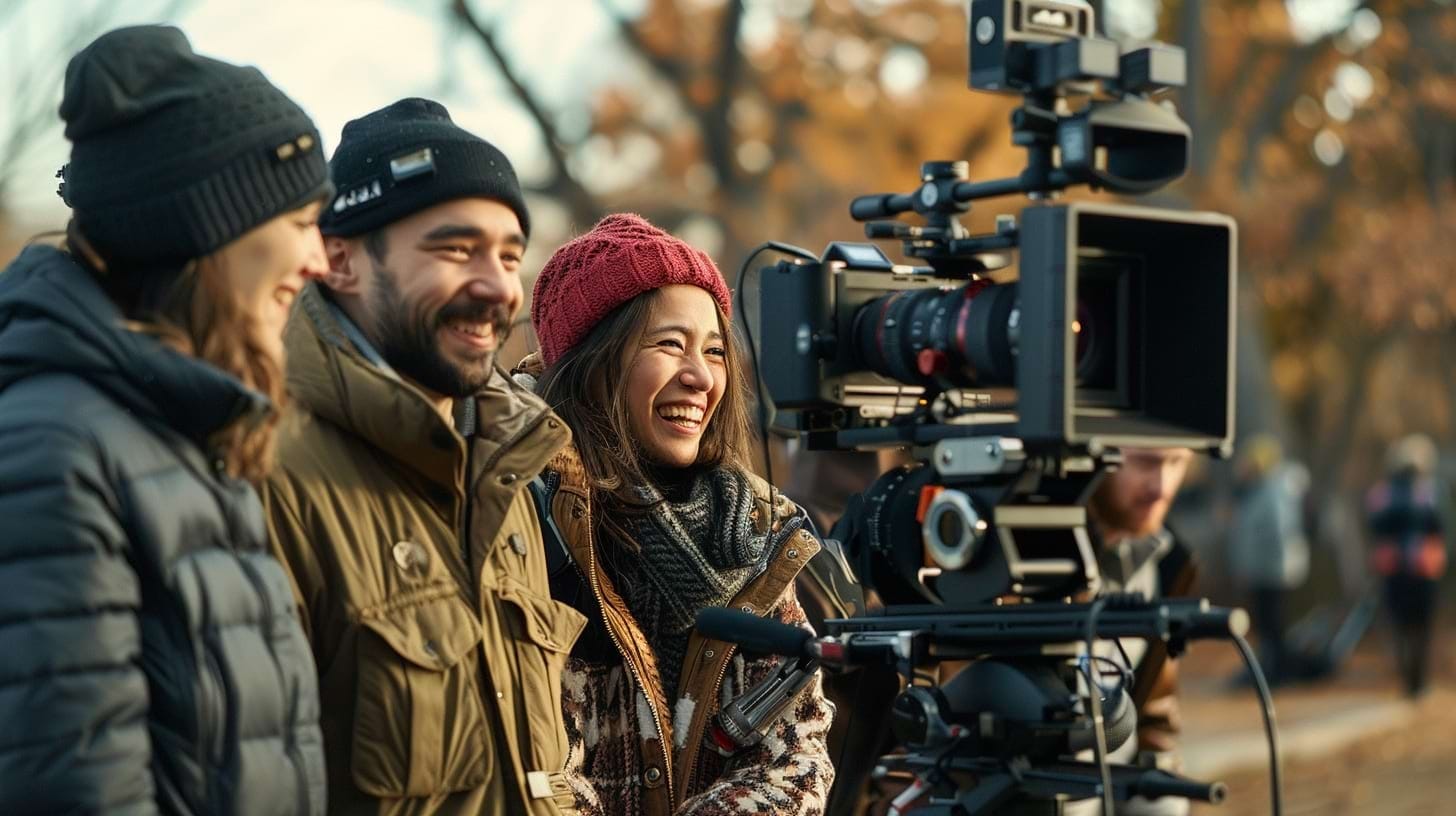
The Magic of Post-Production: Editing, VFX, and the Finishing Touches ✂️🖥️
Once filming is complete, the raw footage enters the post-production stage. Here, a team of skilled editors assemble the film, weaving together the various shots captured during production. Film editing allows for:
Pacing and Rhythm 🕰️🎶
The editor controls the film's pacing and rhythm by selecting the right takes, adjusting shot lengths, and adding transitions. This meticulous process ensures the film flows smoothly and maintains audience engagement.
Storytelling Through Editing 📽️✂️
Editing goes beyond simply assembling shots. Skilled editors can use techniques like jump cuts, slow motion, and montage sequences to enhance the narrative and evoke specific emotions.
Visual Effects 🎬💥
VFX plays a significant role in modern filmmaking, transforming fantastical concepts into believable on-screen experiences. The VFX industry has witnessed a great evolution, with advancements in computer-generated imagery (CGI) allowing for the creation of photorealistic characters, creatures, and environments.
Beyond VFX, a range of post-production techniques further enhance the film's emotional impact and overall aesthetic. Color grading manipulates the film's color palette to establish mood and atmosphere. Sound design crafts the film's aural landscape, adding sound effects, dialogue, and music to create a truly immersive experience.
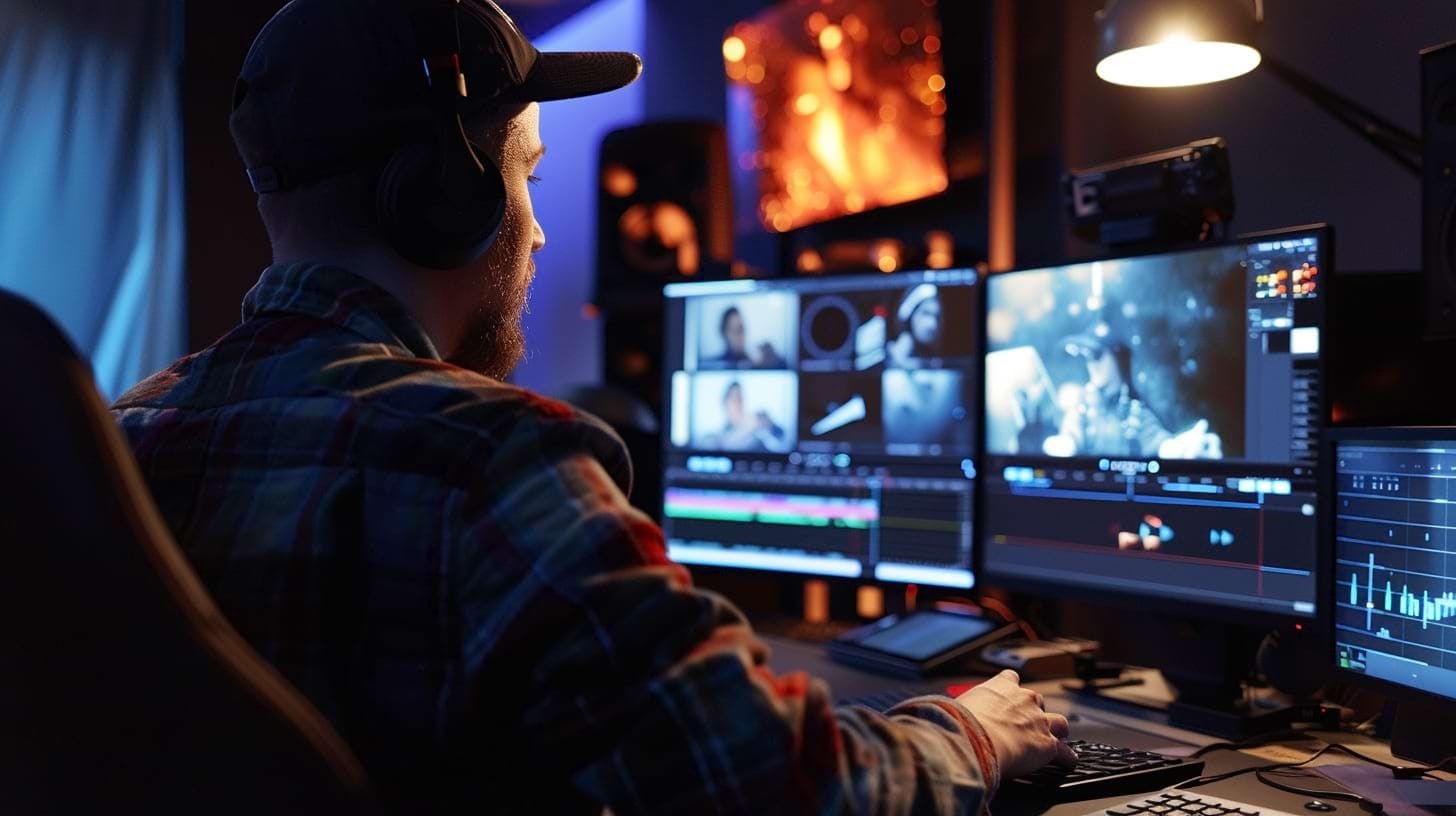
When AI Meets Movie-Making Workflow 🤖🎥
From storyboards to the final edit, filmmaking is a captivating dance of creativity, collaboration, and meticulous execution. Each stage, from pre-production planning to the final touches of post-production, plays an important role in transforming a script into a film that resonates with audiences.
✨ For filmmakers seeking to streamline their workflow and shave precious time off production schedules, Filmustage offers a powerful AI-driven companion. This innovative software tackles numerous pre-production hurdles, equipping filmmakers across various departments to focus on their creativity.
Imagine breaking down your script into elements like props, characters, and locations in seconds! Filmustage's AI-powered script breakdown achieves this feat, along with automatically generating scene synopses and flagging potential VFX challenges early on. This allows for proactive problem-solving during pre-production, saving valuable time and resources on set.